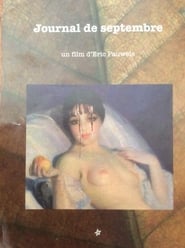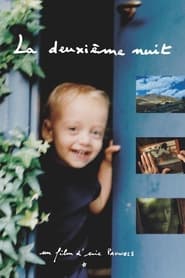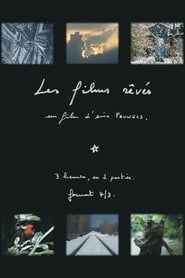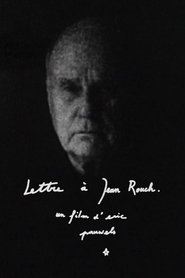detail profile eric pauwels

Riwayat Hidup
Filmmaker, writer and film lecturer Eric Pauwels started his career with what he calls ‘cinéma mémoire’, or ethnographic documentary.
He obtained his PHD in cinematography in Paris with a documentary on the ‘possessed’ in Indonesia.
Afterwards, eager to step out of his role of being a spectator, Pauwels begins to make dance videos and works of fiction.
The latter are so-called ‘half films’: half documentary, half fiction.
But which distance does one keep to one’s subjects? Pauwels’ answer is clear: eliminate the distance and become a subject amongst your subjects.
For him, cinema and life should ideally coincide; fiction should penetrate documentary.
Info Pribadi
Peran Yang Di Mainkan Eric Pauwels
 A film made of objects faces...
A film made of objects faces...Journal de septembre 2019
A film made of objects, faces and texts; of lost cats, of found pictures, cut-outs, recreations; a poetic subversion in diary form, one that breaks the calendar into a novel, driving relentlessly as a journey to the end of the world.
 On the death of his mother...
On the death of his mother...The Second Night 2016
On the death of his mother, a filmmaker makes a film to see how much her disappearance has changed his vision of the world. It is an opportunity for him to look back over his relationship with her: a relationship that made him a free individual, as a man and as a filmmaker. The second night is the final part of a trilogy that began with Letter from a filmmaker to his daughter, which was followed by Dreaming films. The making of this " Cabin Trilogy" is the fruit of fifteen years of work and reflection.
 Belgian filmmaker Eric Pauwels meditation on...
Belgian filmmaker Eric Pauwels meditation on...The Dreamed Films 2010
Belgian filmmaker Eric Pauwels' meditation on dream, travel and film.
 Lettre dun cinaste sa fille is...
Lettre dun cinaste sa fille is...Letter from a Filmmaker to His Daughter 2000
Lettre d’un cinéaste à sa fille is a playful, free and personal film in the form of a letter, a film interwoven with a thousand stories knit together with different textures, a book of images where a filmmaker shows the images and the stories he wants to share.
 This film is a moving tribute...
This film is a moving tribute...Letter to Jean Rouch 1992
This film is a moving tribute to French filmmaker Jean Rouch. Pauwels, a former collaborator of Rouch, accompanies him on a trip to Japan. In this cinematic letter, which he himself calls “a journey into the memory”, Pauwels philosophises about the essence of cinema and, consequently, of life.
 A film on the gestures of...
A film on the gestures of...The River Banks 1991
A film on the gestures of work, those of a sculptor, a designer, a composer and dancers. A sketch of their relationship to the world subjected to the double gaze of fiction and documentary.
 A personal travel notebook A travel...
A personal travel notebook A travel...The Iconographic Journey: The Martyrdom of Saint Sebastian 1989
A personal travel notebook. A travel through Europe in search of thirty paintings of the iconic Christian martyr. The film is conceived as a voyage of initiation, an imaginary reportage... imaginary because without an original image of the Saint, all representations were possible.
